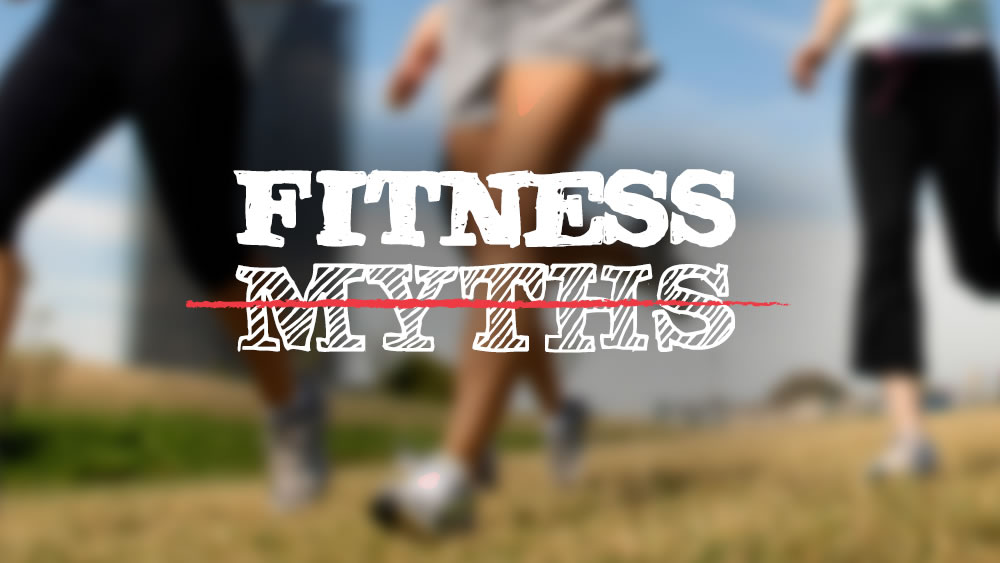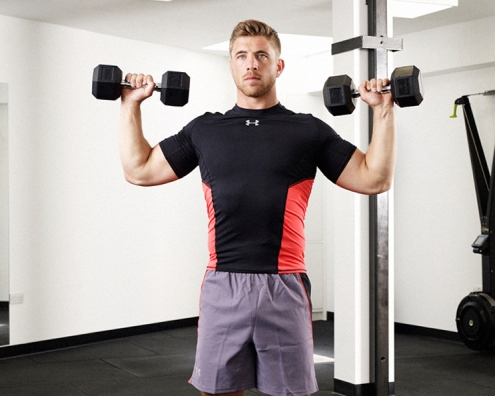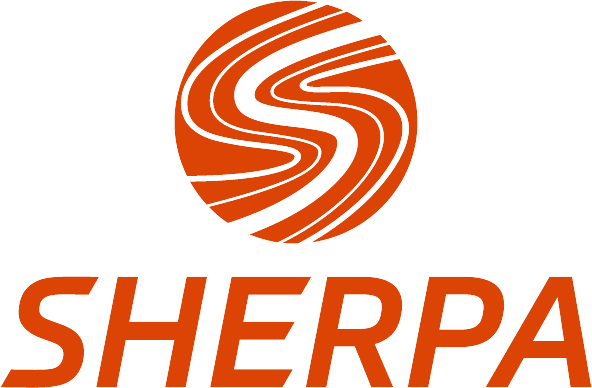
“Diet” is one of the most overused words in the health and fitness industry. Every day the internet is telling you what the new healthy food you should be eating is and not all of it is correct. With Christmas around the corner, now is the perfect time to prepare you for the best foods to buy and prep this holiday season. Here are the top 10 foods that are perceived as “healthy” but really need to be looked more closely at.
“Whole Grain” or “Whole Wheat” Bread
This one is tricky because some types of bread that are labeled whole grain or whole wheat can contain up to as much as 70% refined flour. Make sure you take a closer look and read the label when you are buying your bread. It should say 100 % whole grain or 100% sprouted grain bread.
Low-Fat or Skim Milk
These have become popular options because they have less calories than whole milk. Whole milk has more saturated and monounsaturated fats which help to keep you feeling full, support metabolism, and improve your overall body composition. Without the fat, skim and low-fat milk also have less fat-soluble vitamins like A, D, E, and K than whole milk. To make matters worse, producers add powdered milk into skim milk to improve its consistency because skim milk doesn’t resemble real milk when it’s harvested. This process introduces oxidized cholesterol, which damages your arteries worse than regular cholesterol. Try instead a healthier option such as Almond Milk.
Prepared Salads
You can’t assume just because it’s called a salad means it has to be healthy. Prepared tuna salads, chicken salads, and shrimp salads are often loaded with hidden fats and calories due to their high mayonnaise content. Most salad dressings also contain a high sugar content. Your best bet is to usually make your own salad at home or double check the menu. Restaurants are required now to give you nutritional information if you ask for it.
Synthetic Oils, ie Margarine or “Spreadables”
Synthetic Oils gained their popularity because of the myth that fat makes you fat: if fat is bad, then fat-free oils and spreads are good. Food companies hydrogenate many of the fake oils you buy, which maintain their shelf life and shape at room temperature and make them trans-fats. This process makes the oil harder to digest and increases your risk of cardiovascular disease. Make sure you look at the label and avoid hydrogenated oils. Grapeseed oil is a good cooking alternative.
Protein Bars
Many protein bars are candy bars in disguise. They’re filled with sugar and high-fructose corn syrup and include trans-fats and artificial sweeteners. Make sure you’re reading the label on what exactly you’re buying – if it tastes like a Snickers, it’s probably not the best choice.
Smoothies
Smoothies can start out as a healthy snack or meal option. Most smoothies have a base of blended fruit and some dairy. The disproportionately large serving sizes, however, are combined with added sugar, ice cream, or sherbet and can add up to a high-calorie treat. Some smoothie bars serve smoothies that contain up to 500 calories. While a smoothie can be a great way to start the day or to refuel after a workout, remember to account for the calories you drink when considering what you’ve consumed in a day.
Gluten-Free Pasta and Snacks
Most people think “gluten-free” means a food is healthy but unless you have a medical issue that requires gluten avoidance, this usually isn’t true. Most manufacturers often use less nutrient-dense flours and fat to replace the gluten in carbohydrates rich foods such as pasta, crackers, and snack products. So, when you opt for these GF products, you’re spending more money for no additional nutrients and sometimes a less healthy product. If you want to cut down on gluten, try replacing refined carb products with foods that are naturally gluten-free such as fruits, vegetables, and legumes instead. My favorite is making zucchini noodles instead of pasta in Italian dishes.
Fruit Juice
Yes, grape juice may have some vitamins in them but so do actual grapes; and the grapes don’t have the additional calories and sugar. One 8 ounce of grape juice, for example, has about 170 calories, 42 grams of carbs, and 40 grams of sugar. (That’s more calories and sugar than a 12-ounce can of Coke.) Even the “all-natural” ones may contain high-fructose corn syrup and additives.
Fat-Free Anything
This also spawns from the “fat will make you fat” myth. Fat doesn’t make you fat, a bad diet and a lack of exercise do. Fats support everything from brain and metabolic function to quicker fat loss. If you avoid fats, you’ll struggle to get the right ratio of macronutrients (carbs vs. proteins vs. fats) because more calories will have to come from carbs; that will skew your macronutrient ratio and cause more fat gain. In order to make foods fat-free, companies often add trans-fats and artificial sweeteners, which cause can health problems.
Instant Oatmeal
Oatmeal can be a great whole-grain energy source…or it can be a sweet bowl of refined carbs that leave you starving by the time you make it into work. Avoid the refined instant varieties that are low in fiber and protein and have added sugar. If time is an issue, choose an instant oatmeal where the first ingredient listed is steel cut oats, whole oats, or whole grains and has at least 4g of fiber and 5g protein per serving. Another good sign—there’s no added sugar or it’s at the end of the ingredient list. Even better, do some overnight oats and reheat in the morning while adding some fresh fruit or a handful of nuts.
This is my top ten list of foods that people commonly misconstrue as healthy. The most important thing is to make sure you read ingredients on the things that you are buying.




